Can coffee really work for cleaning? Professional cleaners reveal everything you need to know about this all-natural solution
You can scrub pans, your home's surfaces, and banish bad odors with it

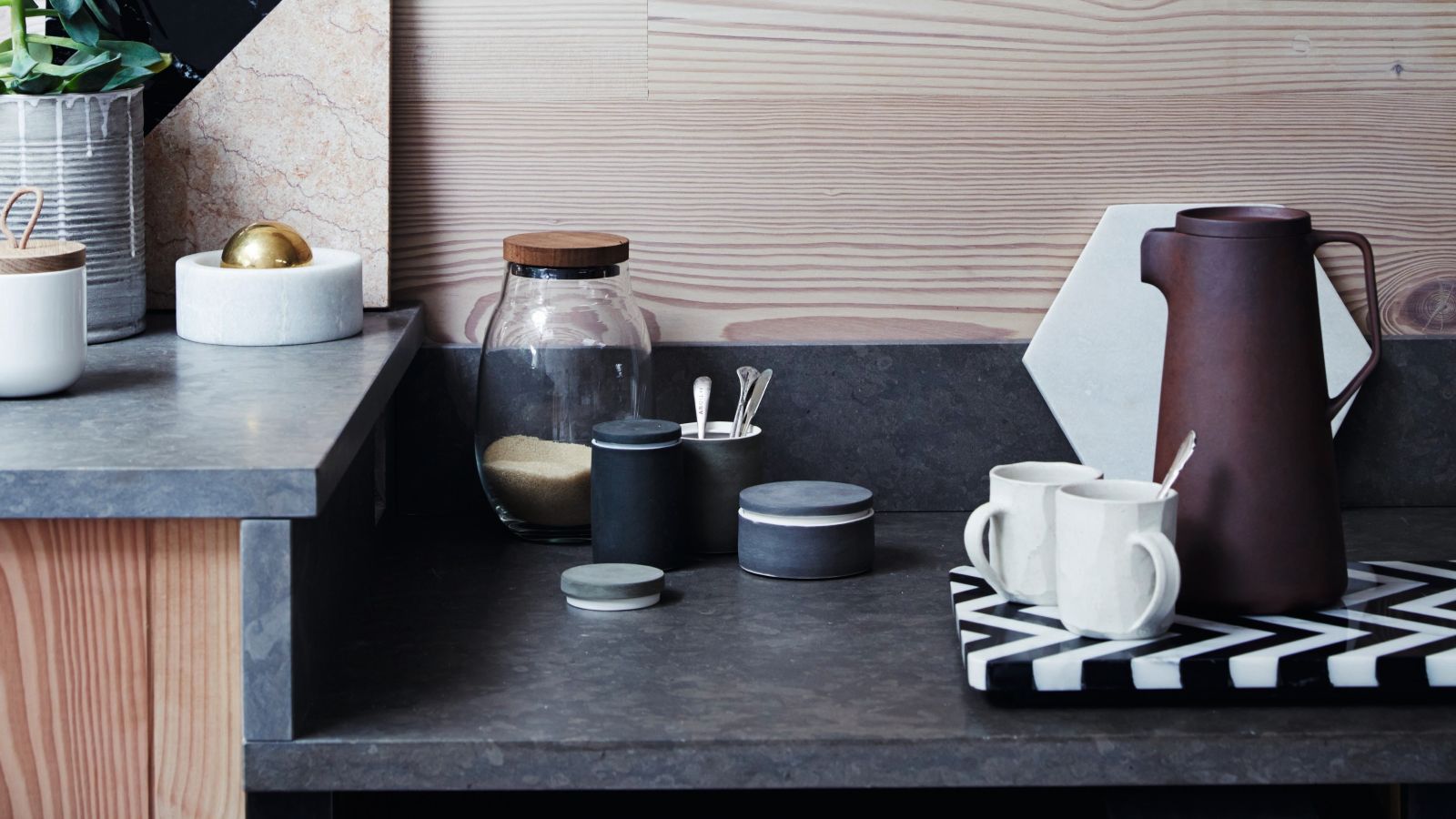
You might have heard professional cleaners touting coffee grounds as a brilliant, natural way to clean, but how effective are they?
In a time when we're all looking to be more sustainable and seeking out ways to reuse and repurpose common household items, you've likely come across tips for reusing coffee grounds in the garden, but less so about repurposing them indoors.
Here, I spoke to professionals for their cleaning tips on getting more out of your morning brew.
How to use coffee grounds to clean around the home
1. Scrubbing pans
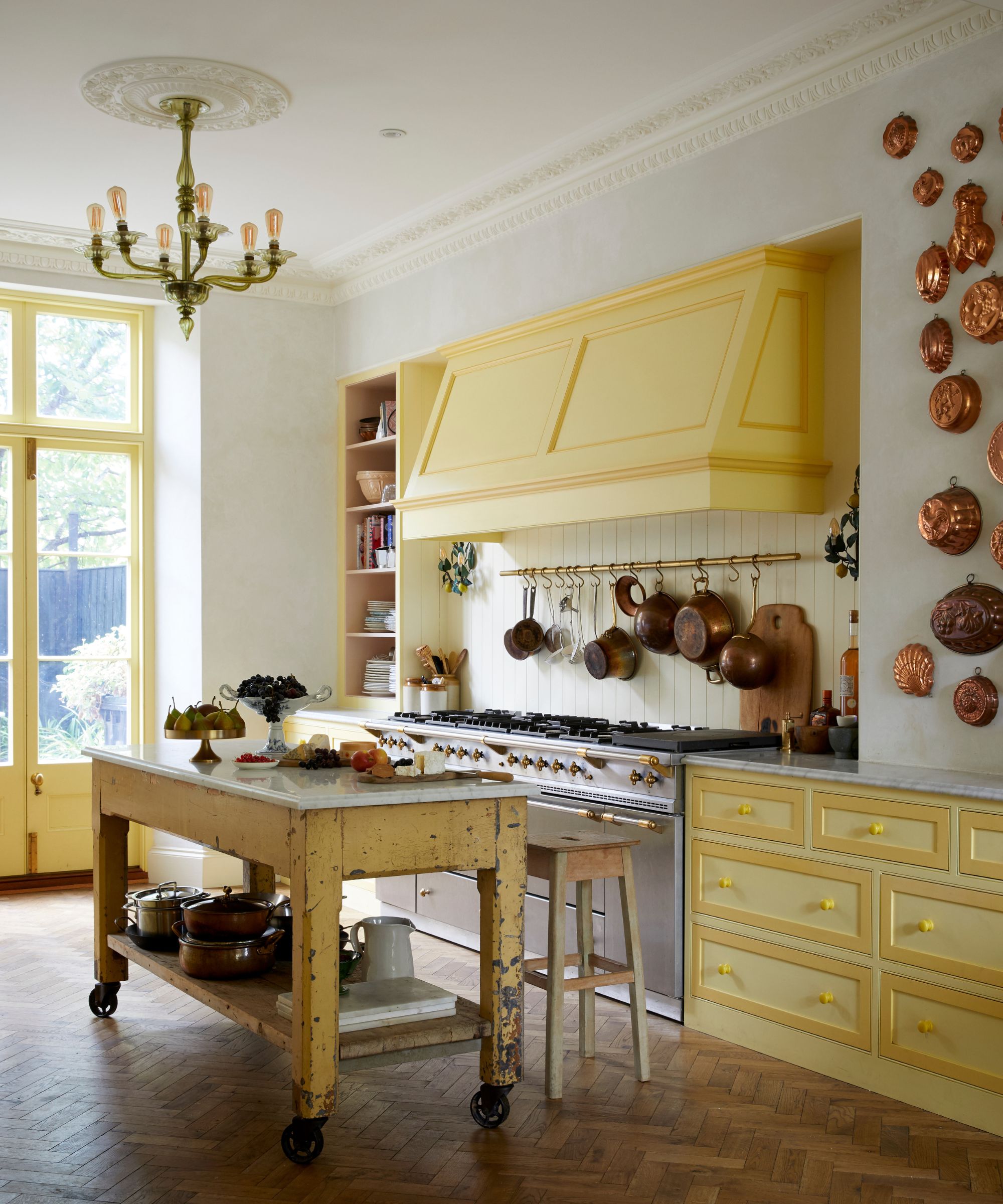
Coffee grounds work as a natural degreaser
One of the main spots where coffee can come in handy is when cleaning a kitchen. For example, says Karina Toner, cleaning expert and operations manager at Spekless, suggests that you can reuse coffee grounds to clean pans, which works as a natural degreaser.
Simply mix two to three teaspoons of coffee grounds with warm, soapy water, and scrub the pans with a soft sponge, such as the Great Value Non-Scratch Scrub Sponges available at Walmart. She explains, 'Coffee grounds are mildly abrasive and help scrub away stuck-on food without harsh chemicals.'
While this hack works well, it doesn't perform as well as the tried-and-tested baking soda and vinegar method of cleaning burnt pots and cleaning burnt pans.
2. Banishing bad odors in the kitchen
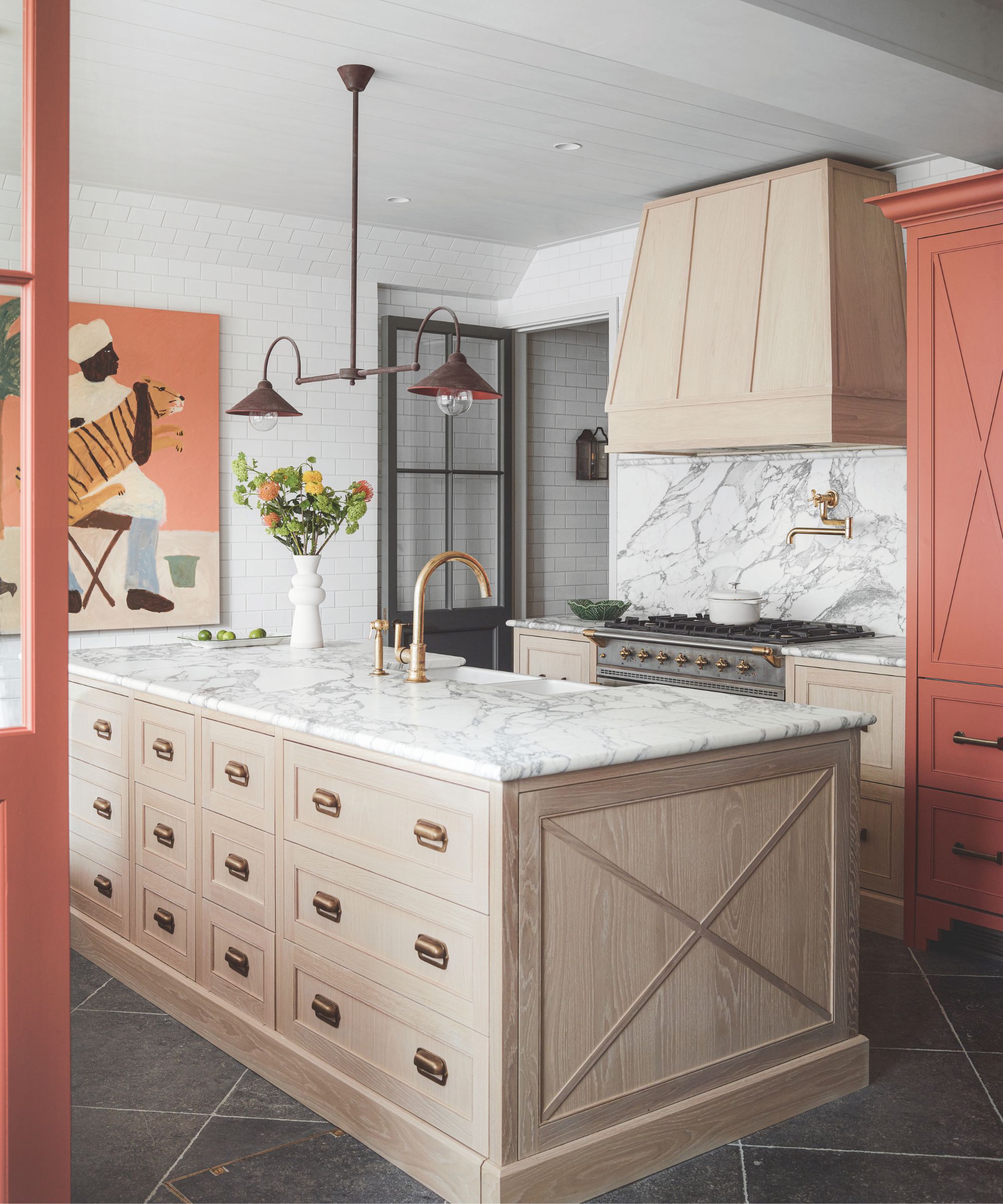
Coffee grounds can be used to neutralize odors
'The strong aroma of coffee grounds can help neutralize unpleasant odors in your kitchen,' explains Mimi Nguyen, founder of Cafely. 'I like to place small bowls of used grounds in areas like the refrigerator, freezer, or even in closets and drawers to absorb unwanted smells.'
Design expertise in your inbox – from inspiring decorating ideas and beautiful celebrity homes to practical gardening advice and shopping round-ups.
We suggest using a small, decorative bowl for this, such as the Kori Ramekin available at Anthropologie, for a stylish solution that won't interrupt your decor.
You can also use coffee combined with salt to deodorize a fridge, which works in a similar way to the baking soda hack for closets. Just make sure that any coffee grounds are thoroughly dry, to avoid them becoming a breeding ground for mold and mildew.
3. Cleaning surfaces

You can remove stubborn stains, but be careful to avoid scratches
You can also remove stubborn stains and clean kitchen tiles or clean tile floors with coffee, by mixing a few teaspoons with soapy water and applying it directly to stains with a soft sponge or cloth, such as the Great Value Multipurpose Microfiber Cleaning Cloth available at Walmart.
'The grit in grounds helps lift grease from stovetops or counters, but avoid on porous or easily scratched materials,' advises Karina. This would include natural stones such as marble.
4. Cleaning wooden furniture and reducing scratches

Give your wooden furniture a new lease of life
You may have seen some videos circulating online claiming that coffee grounds can be used to clean furniture and reduce the appearance of scratches on wood surfaces, notably wooden countertops and dining room tables. It's not an urban myth.
The method is straightforward: Apply moist coffee grounds to the scratched area and allow it to sit for 5-10 minutes. Buff them away with a cotton rag, and once the area is fully dry, apply a layer of clear wood sealant such as Wood Master's Secret from Walmart.
While this doesn't remove scratches, it will do a good job of naturally staining the area, so that you barely notice them. 'When rubbed into small scratches, damp grounds darken the wood, making marks less noticeable,' says Karina, and it works well if you prefer to thrift vintage furniture for your home.
The only caveat is that this won't work very well on light wood – in those instances, you're better off using a professional stain, or lightly sanding and resealing the area to remove surface-level scratches.
What to shop
All prices were correct at the time of publication.

This OXO scrubbing brush features durable nylon bristles to easily scrub away messes, which are safe for non-stick surfaces, with a non-slip handle for a comfortable grip.
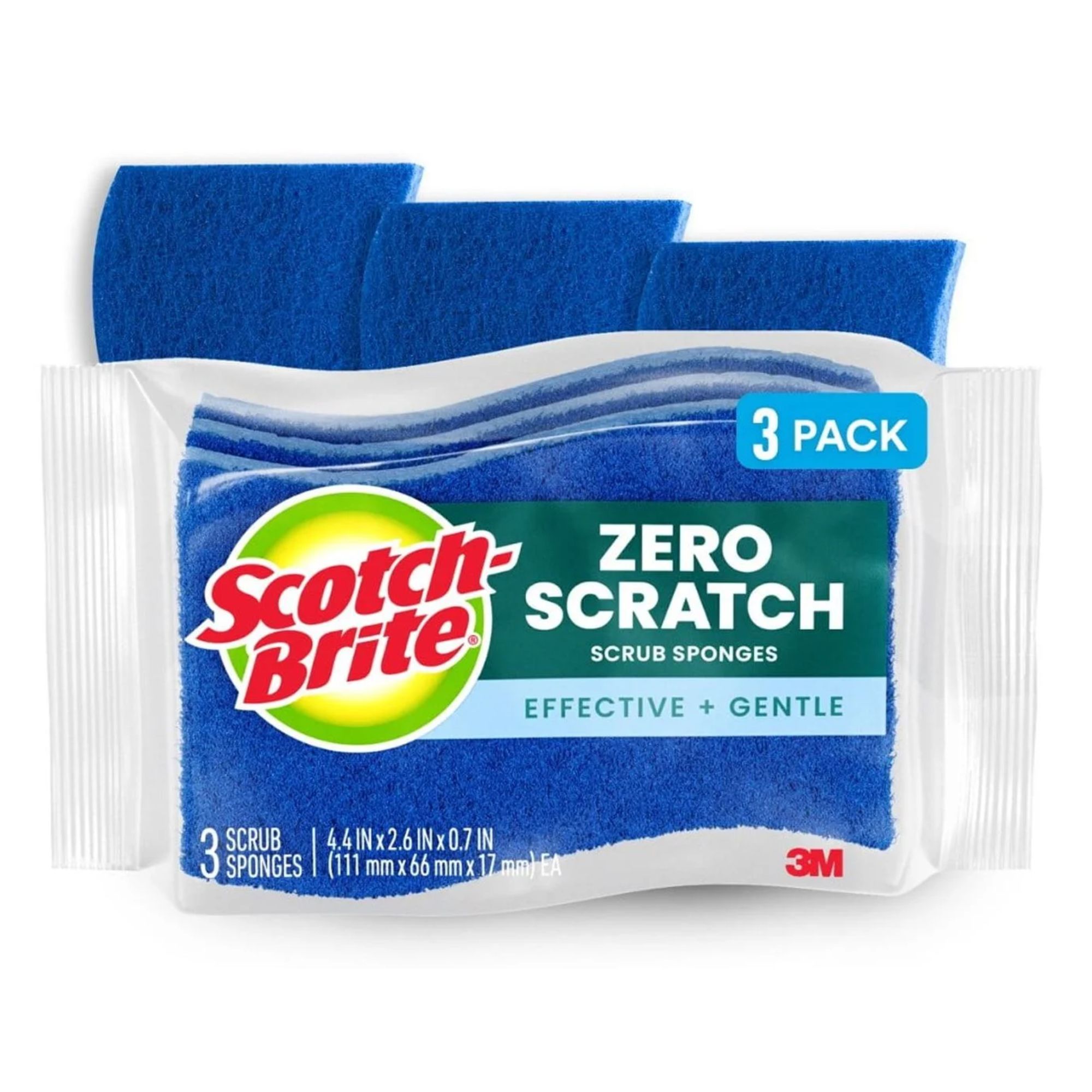
These non-scratch sponges are suitable for non-stick pots and pans, and are made from 100% recycled content.
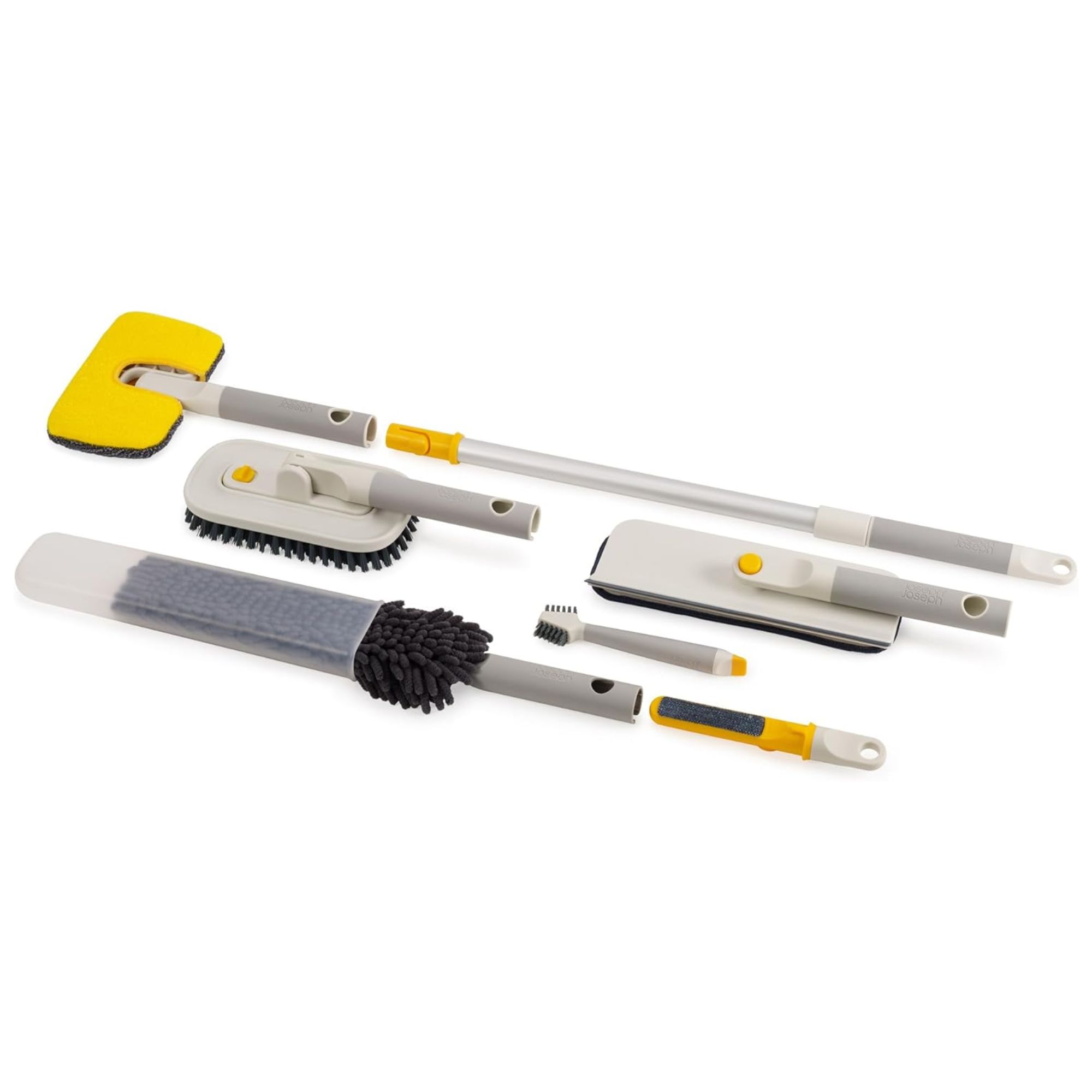
This six-piece set includes everything you need for sparkling tiles, including a tile scrubber and grout brush. It's compact when stored away, too.

Pop your coffee grounds in a stylish glazed stoneware bowl like this to neutralize odors without compromising on appearances.
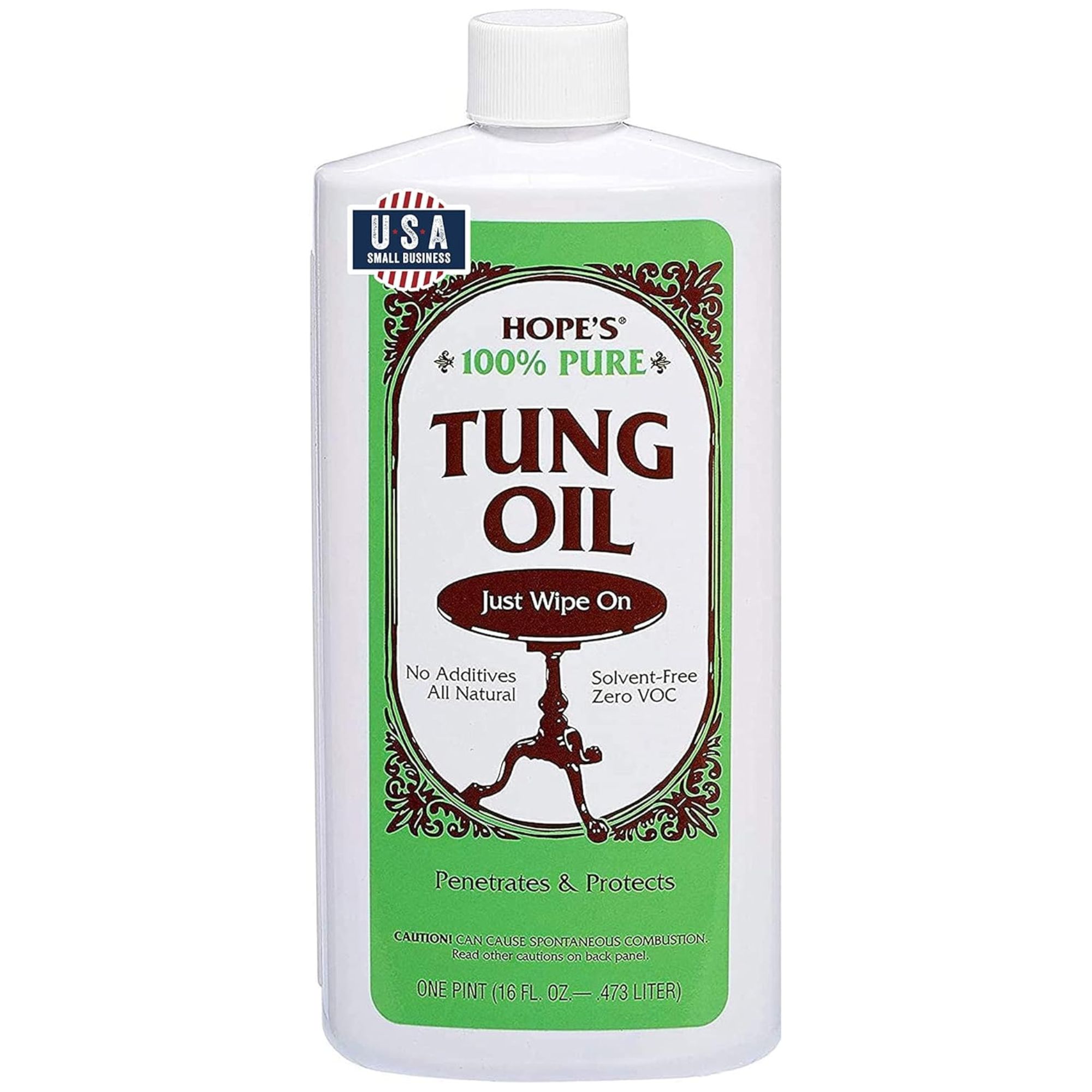
This easy-to-use tung oil deeply permeates wooden surfaces, protecting them from moisture, alcohol, oil and everyday wear.
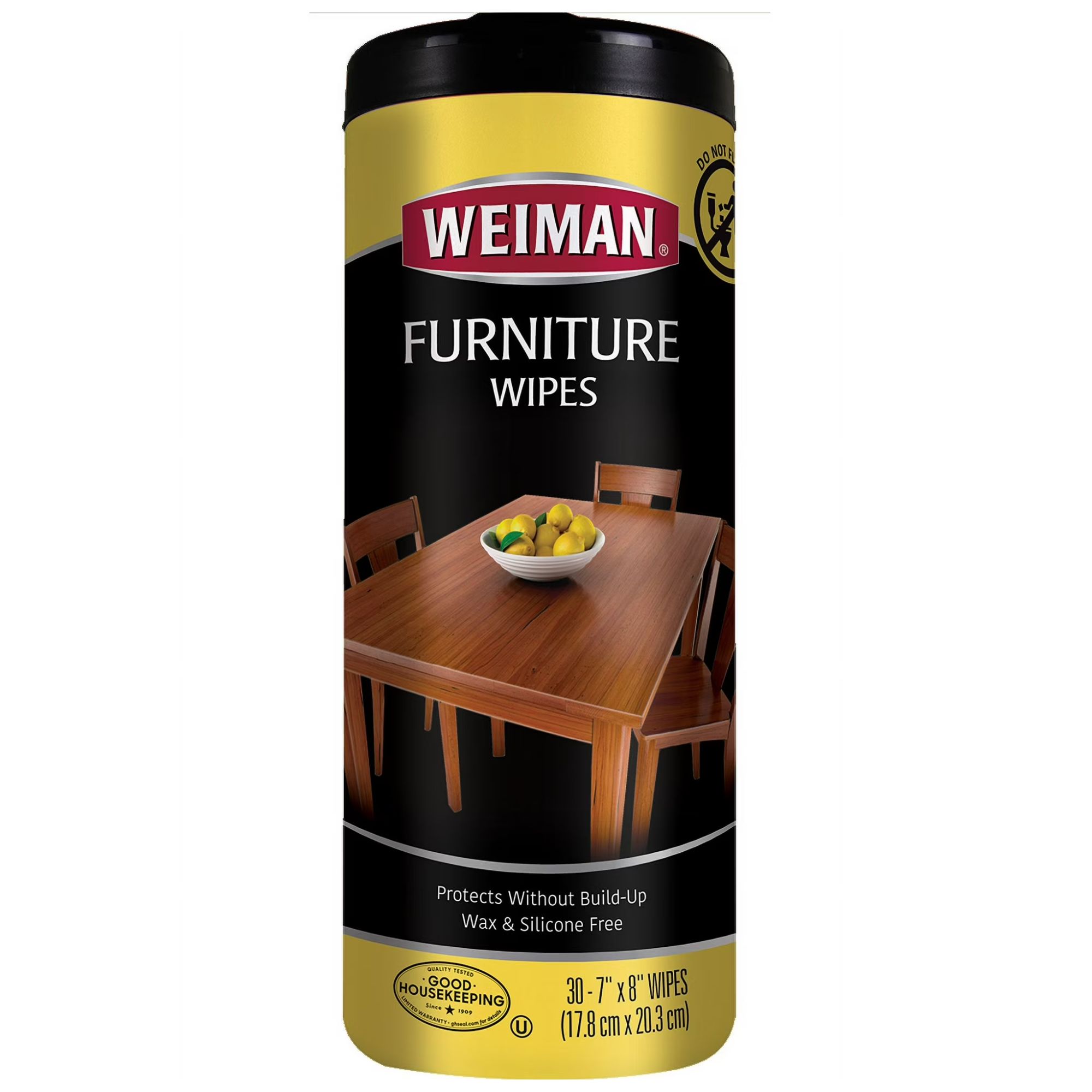
These wood-cleaning wipes are formulated to safely clean, condition, and protect your wood furniture and cabinets by removing dirt, dust, grime, and more.
FAQs
Can you pour coffee grounds down the sink?
In general, it's advised against pouring coffee grounds directly down the sink or garbage disposal, says Mimi from Cafely.
'While small amounts may not cause immediate issues, larger quantities can potentially clog pipes or accumulate in the disposal over time. Instead, I recommend composting them or incorporating coffee grounds into your houseplant soil to enrich the nutrient content,' as coffee grounds are good for plants.
Meet the expert

With extensive contributions in Homes & Gardens, Real Homes, The Spruce, and many more, professional cleaner Karina has extensive knowledge of both commercial and residential cleaning. She also loves using natural cleaning solutions in her own home. Spekless is based in the Washington D.C. region.
There are a number of other kitchen items you should never throw out, instead reusing them, such as glass jars and old towels.

Ottilie joined Homes & Gardens in 2024 as the News Writer on Solved, after finishing a Master's in Magazine Journalism at City, University of London. Now, as the Sleep Editor, she spends her days hunting deals and producing content on all things sleep – from mattresses and sheets to protectors and pillows, all of which she tests in her own home. She also has particular expertise in home fragrance, covering everything from candles to reed diffusers.
Previously, she has written for Livingetc and Motorsport Magazine, and also has a Master's degree in English Literature and History of Art from the University of Edinburgh, where she developed a love for inspiring interiors and architecture.